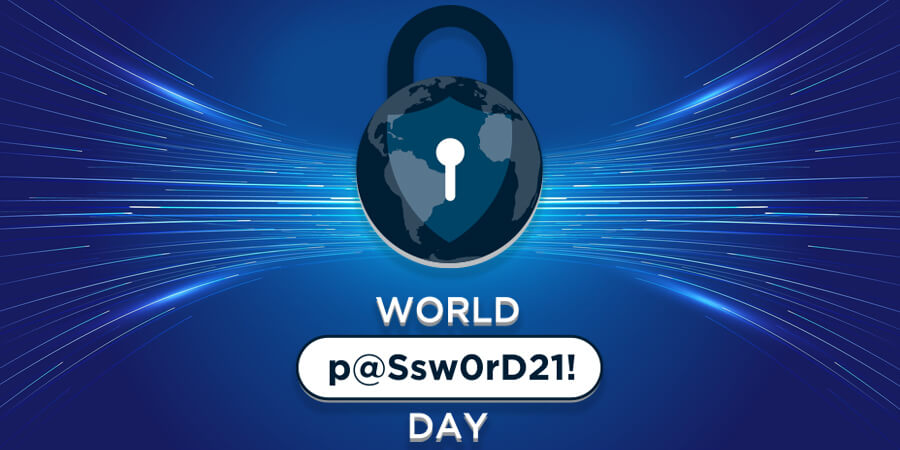In today's digital world, smartphones have become an indispensable part of our lives. They are used for communication, online shopping, banking, social networking and many other activities. However, with these activities comes a risk, especially when it comes to security. Passwords are no longer enough to protect our online accounts from cybercriminals, who are getting more sophisticated with their attacks. That's why World Password Day (May 4th) is an important reminder of the ways to keep our smartphones secure.
Recent research has revealed that many of us are making simple mistakes and unaware of how to keep our smartphones and online accounts safe. For instance, the numbers showed that 7% of people leave their smartphones unlocked, leaving their apps and accounts accessible to anyone who can get hold of their device. Meanwhile, just over a quarter of smartphone users have had their online accounts hacked or compromised at least once.
The survey also found that over 7 in 10 smartphone users know what two-factor authentication (2FA) is, but just over 1 in 8 said they do not use 2FA because they are not confident with their smartphone. Additionally, 3 in 10 people aged 45 and over said they do not use 2FA because a username and password should be enough. Furthermore, 20% of smartphone users find two-factor authentication to be too much effort, with 15% preferring to stay logged into the accounts they regularly use.
Two-factor authentication is an extra level of security to ensure that people trying to gain access to an online account are who they say they are. Instead of being granted access to an account immediately after the first level of protection, such as a password, a second piece of information is required. Often, a smartphone is needed to receive this secondary piece of information. Despite being an effective method of protecting accounts, just under 3 in 10 (28%) smartphone users do not currently use 2FA. Of those, 20% stated that they found it too complicated, and 20% believed it takes too much effort. Convenience was also an issue with 2FA, with over 15% of people preferring to stay logged into their online accounts.
To make your smartphone more secure, you should always use a lock screen. The majority of smartphone users opt for a PIN or password, but fingerprint technology and facial recognition are becoming more popular. Unlocking a smartphone via facial scan is particularly popular for those aged 16-24, with just under half (49%) using this method compared to just over 1 in 6 (17%) aged 55+.
General Password Safety Tips:
Password Dos:
- Create a strong and unique password by using a mix of numbers, symbols and acronyms that form a memorable phrase, such as "T3rRy550c1alMed!Ac1234" for your social media account.
- Customize your password for each site you use.
- Use your keyboard to create a pattern or write something memorable to you that can be used as a password.
- Consider using a password manager if you have trouble remembering your passwords.
- Use a combination of lowercase and uppercase letters, numbers and symbols in each password, and make it as long as possible.
Password Don'ts:
- Avoid writing your password down, whether on paper, in an email or in any other place that could be easily accessed by someone else.
- Don't reuse passwords across different accounts.
- Avoid using the names of your loved ones in your password.
- Avoid using easily guessed passwords, such as "123456" or "qwerty."
- Don't share your password with anyone.
In conclusion, smartphone security and two-factor authentication are essential components of protecting our online accounts and personal information from cybercriminals. Passwords alone are no longer enough to provide adequate security, and we must take extra measures to safeguard our digital lives. It is essential to be proactive in our approach to smartphone security and remain vigilant to keep our personal information safe. Let us take advantage of the tools available to us and stay informed of best practices to protect ourselves in today's digital world.







